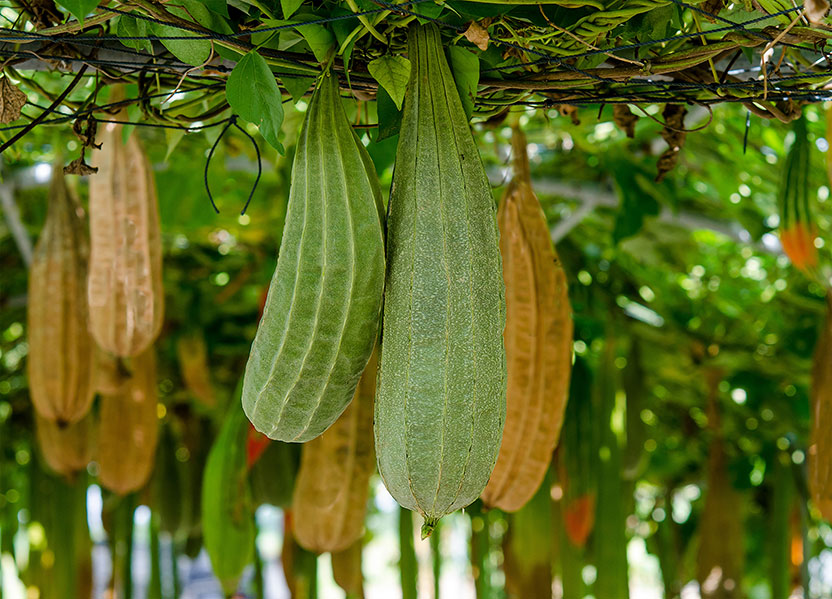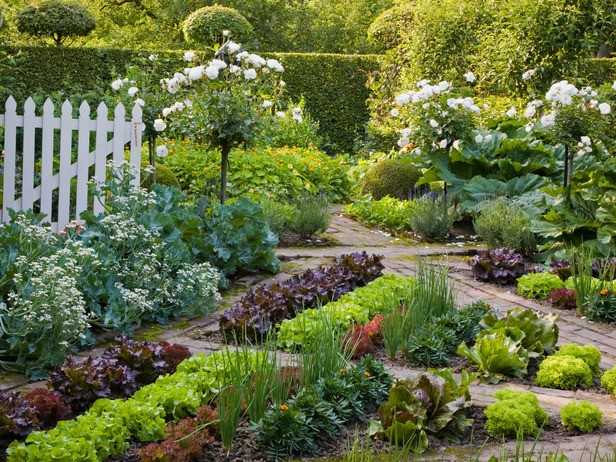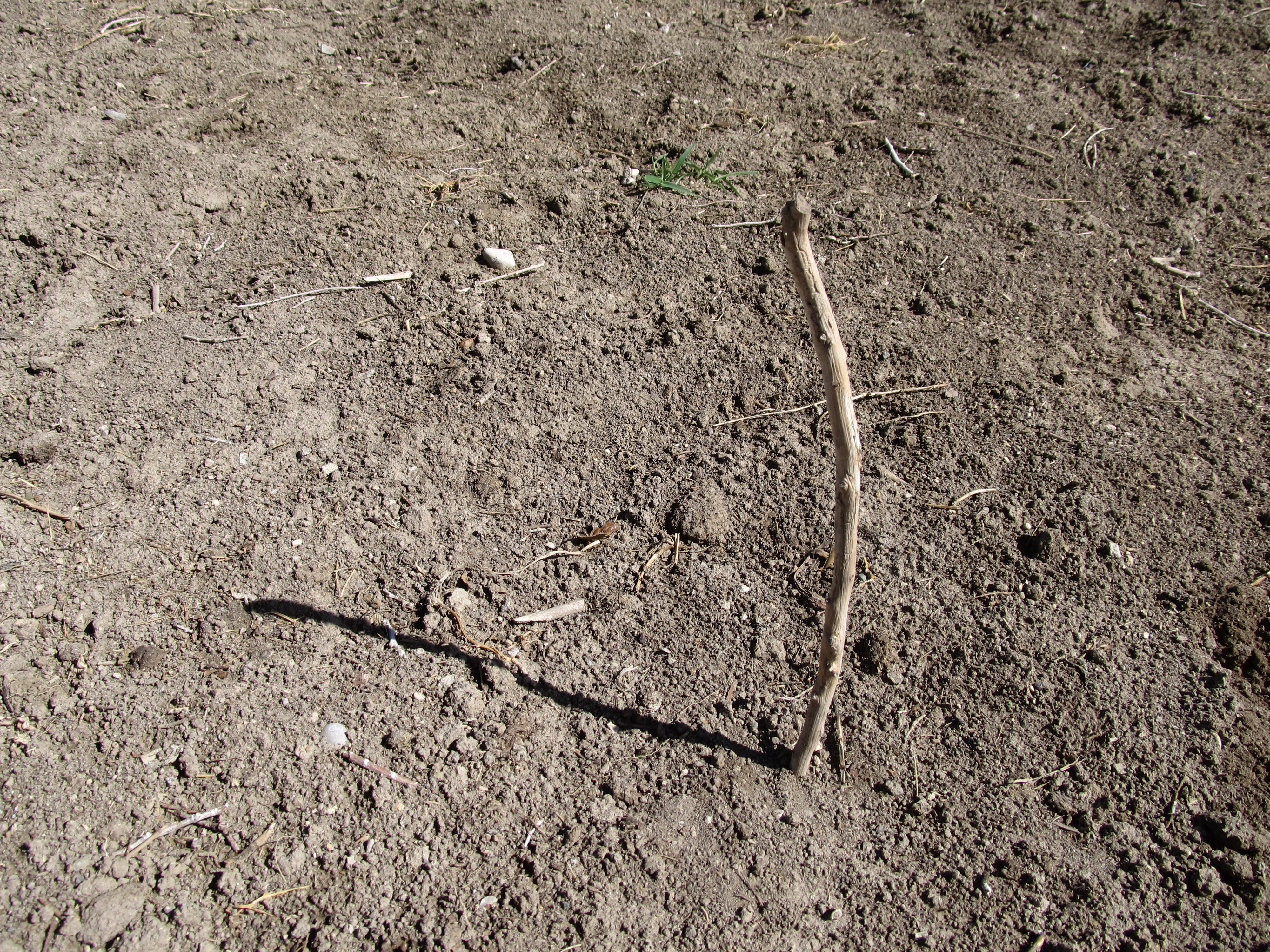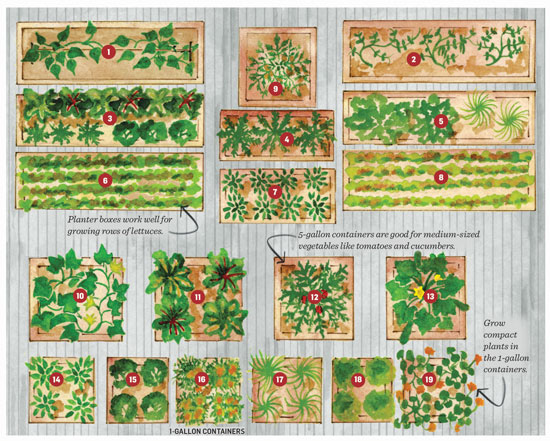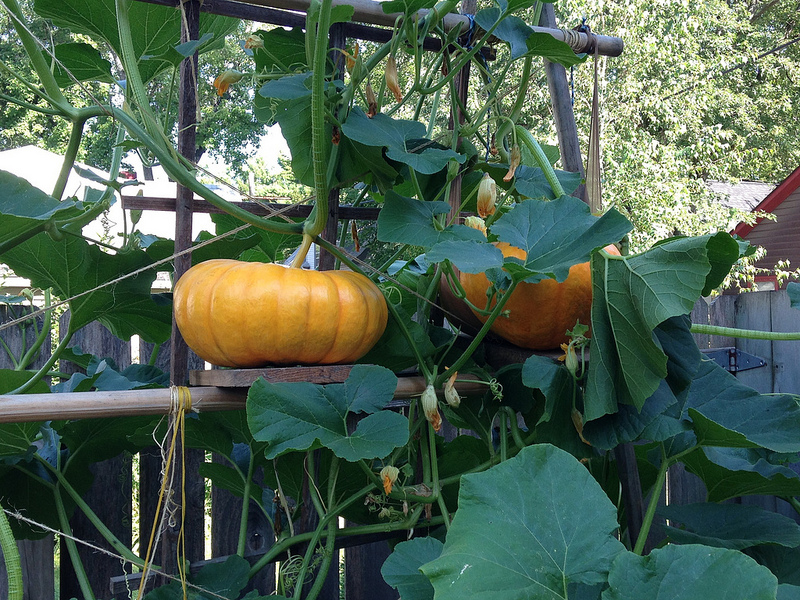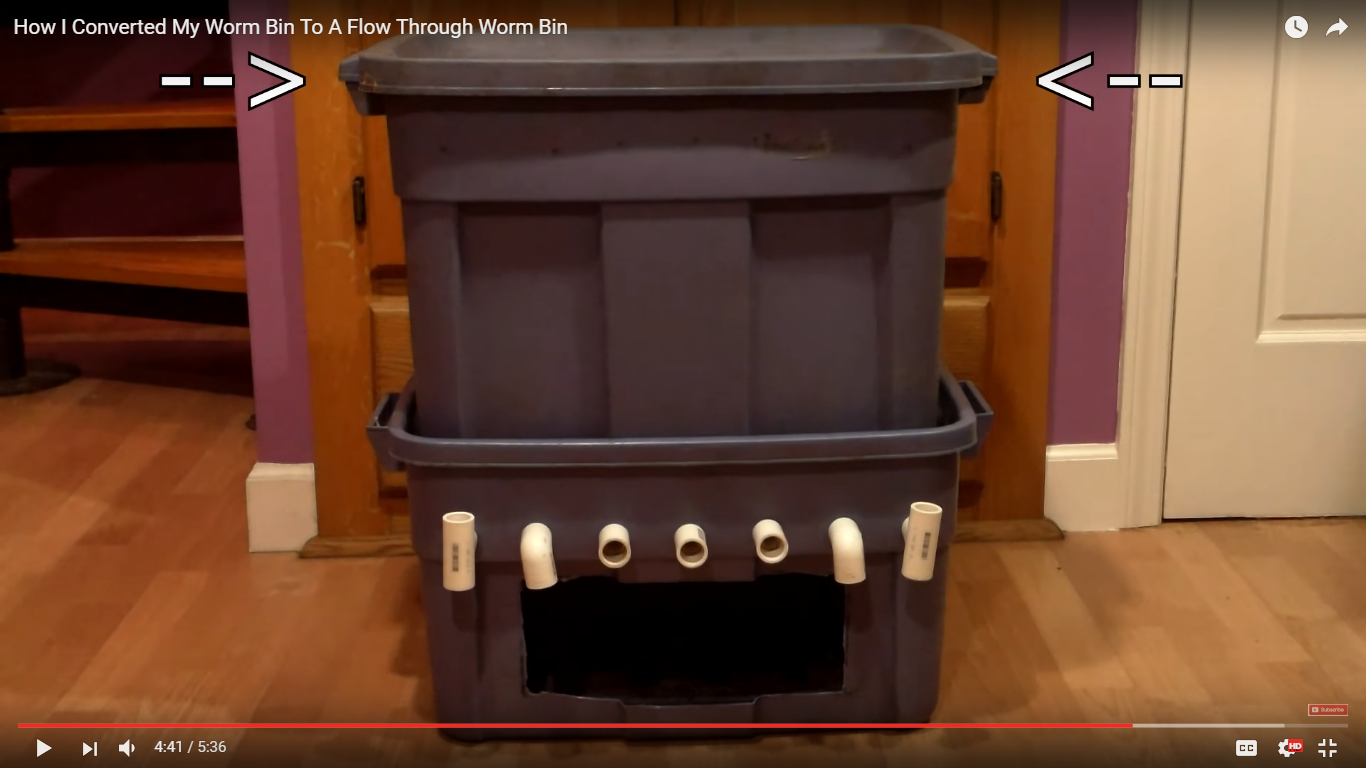Growing Loofah Sponges
I always thought that loofah was the remains of some aquatic creature living on oceans reefs. But then when I was searching an online seed catalog I saw it listed. I had to click it to check it out, and then grow some for myself. It turns out that loofah is in the same … Read more

